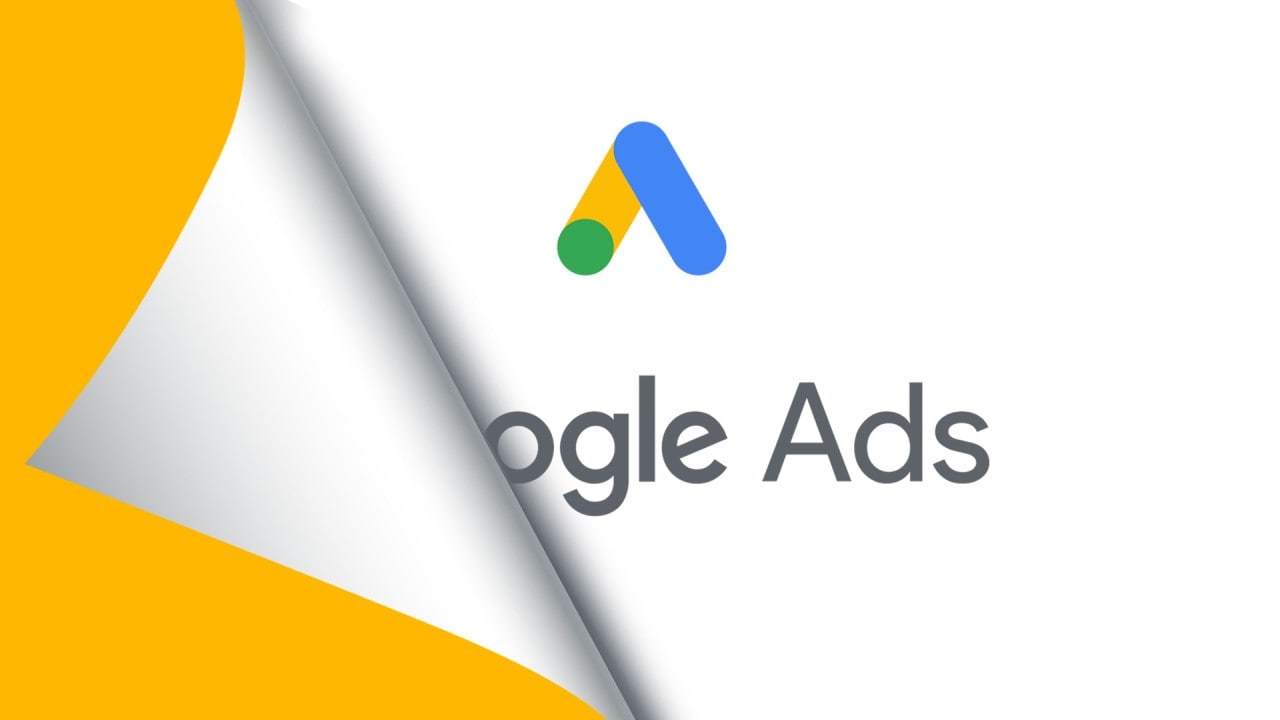In the fast-paced world of digital marketing, efficiency is key. Many advertisers rely on automation to streamline their campaigns, and Google Ads’ auto recommendations feature seems like a convenient tool. However, it’s crucial to approach this feature with caution and a critical eye.
Understanding Google Ads Auto Recommendations
Google Ads auto recommendations are suggestions generated by Google’s algorithms to optimize your campaigns. These recommendations can include changes to keywords, bids, ad copy, and targeting strategies. The idea is to leverage Google’s vast data and machine learning capabilities to enhance your ad performance.
The Risks of Blindly Enabling Auto Recommendations
While the concept of auto recommendations is appealing, there are significant risks associated with enabling them without thorough examination or expert advice. Here’s why:
- Potential for Lower Ad Performance: Google’s recommendations may not always align with your specific business goals or the nuances of your target audience. Implementing these changes without proper evaluation can lead to a decline in ad performance. Automated suggestions might prioritize generic best practices over your unique strategy, which can be detrimental.
- Campaigns Re-entering the Learning Phase: Google Ads campaigns go through a learning phase where the system gathers data to optimize performance. Sudden changes, such as those implemented through auto recommendations, can reset this learning phase. This means your campaigns will need to re-optimize, potentially leading to a temporary drop in performance and wasted budget.
- Loss of Control: By allowing auto recommendations to take charge, you may lose control over important aspects of your campaign. This can result in unintended consequences, such as overspending on broad keywords or targeting an irrelevant audience.
Best Practices for Managing Auto Recommendations
To avoid the pitfalls of auto recommendations, consider the following best practices:
- Examine Recommendations Carefully: Before enabling any auto recommendations, review them in detail. Assess whether they align with your campaign goals and target audience. Use your understanding of your business and industry to determine their relevance.
- Consult with Experts: If you’re unsure about the potential impact of certain recommendations, seek advice from digital marketing experts. Professionals can provide valuable insights and help you make informed decisions.
- Test Changes Gradually: Instead of implementing all recommendations at once, test them incrementally. This approach allows you to monitor the impact of each change on your campaign’s performance and make adjustments as needed.
- Monitor Campaign Performance: Continuously track your campaign metrics to ensure that any changes made are yielding positive results. Be prepared to revert changes if performance declines.
- Customize Your Approach: Use Google Ads’ tools to customize recommendations based on your preferences. You can choose which types of recommendations to apply automatically and which to review manually.
Conclusion
While Google Ads auto recommendations can be a powerful tool for optimization, it’s essential to approach them with caution. Blindly enabling these recommendations can lead to lower ad performance and disrupt your campaign’s progress. By carefully examining each recommendation, seeking expert advice, and monitoring your campaigns closely, you can make the most of Google’s automation features without compromising your advertising goals. Remember, a well-informed and strategic approach is key to achieving sustained success in digital marketing.
For personalized guidance and to maximize your Google Ads performance, contact Nikhil, Google Ads specialist.


